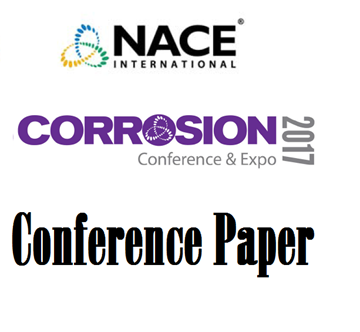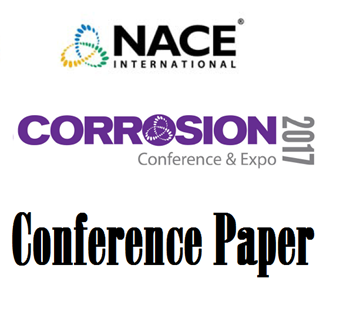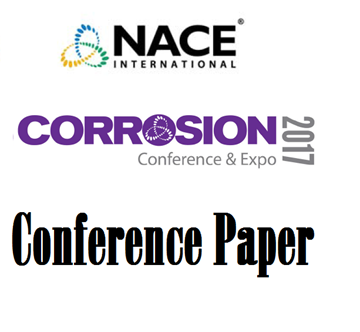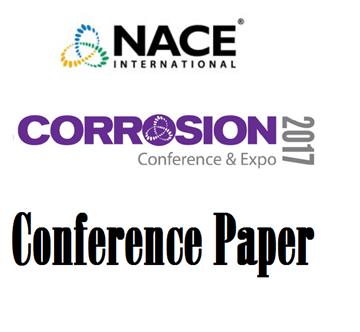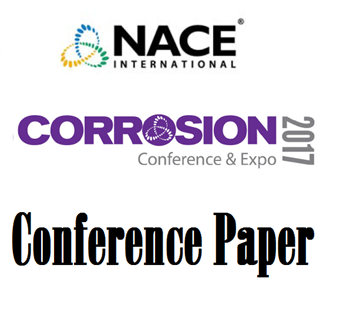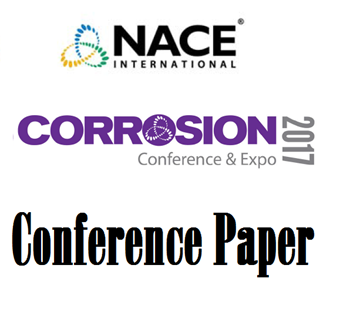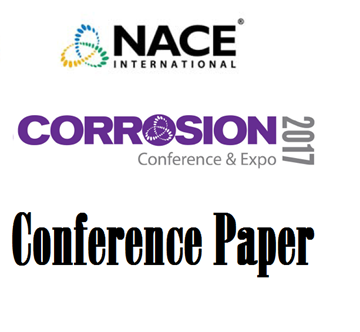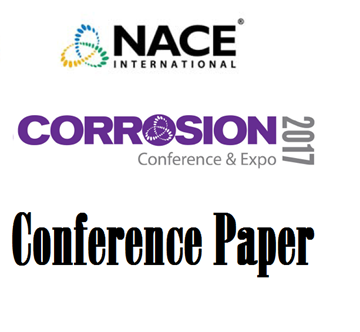Search
Products tagged with '2017 Conference Papers'
View as
Sort by
Display
per page
An Approach to Detect Steel Corrosion in Concrete Using Global Strain Measurement
Product Number:
51317--9302-SG
ISBN:
9302 2017 CP
Publication Date:
2017
$20.00
An Integrated Approach to Optimizing Corrosion Control for Refinery Process and Boiler Systems
Product Number:
51317--9377-SG
ISBN:
9377 2017 CP
Publication Date:
2017
$20.00
An Investigation of Improving Metal Adhesion of CationicallyUV-Curable, Bio-based Epoxy Coatings
Product Number:
51217-072-SG
Publication Date:
2017
$20.00
An Overlooked Corrosion Risk? The Incompatibility of Biocides and Oxygen Scavengers
Product Number:
51317--9060-SG
ISBN:
9060 2017 CP
Publication Date:
2017
$20.00
Application of Raman Spectroscopy for Hydrocarbons Characterization
Product Number:
51317--9145-SG
ISBN:
9145 2017 CP
Publication Date:
2017
$20.00
Application of the STEM Program to Corrosion Engineering
Product Number:
51217-040-SG
Publication Date:
2017
$20.00
Appropriate Rotating Cage Speed for Testing Inhibitors Under Field Simulated Flow Conditions
Product Number:
51317--9148-SG
ISBN:
9148 2017 CP
Publication Date:
2017
$20.00
Assessing and Sharing Success: Comparing Program-wide Corrosion Engineering Service benefits
Product Number:
51317--9144-SG
ISBN:
9144 2017 CP
Publication Date:
2017
$20.00
Assessing Stress Corrosion Cracking Risks on Stainless Steel Piping and Equipment
Product Number:
51317--8899-SG
ISBN:
8899 2017 CP
Publication Date:
2017
$20.00
Assessing the Corrosivity of Field Produced Water in in-situ Oil Sands Water Treatment Systems
Product Number:
51317--9389-SG
ISBN:
9389 2017 CP
Publication Date:
2017
$20.00
Assessing the Influence of Coating Thickness on its Mechanically Induced Loss of Integrity
Product Number:
51317--9294-SG
ISBN:
9294 2017 CP
Publication Date:
2017
$20.00
Assessment of Aging Mechanisms for Zirconium-Based High Burnup Fuel Cladding in Dry Storage Systems
Product Number:
51317--8939-SG
ISBN:
8939 2017 CP
Publication Date:
2017
$20.00

